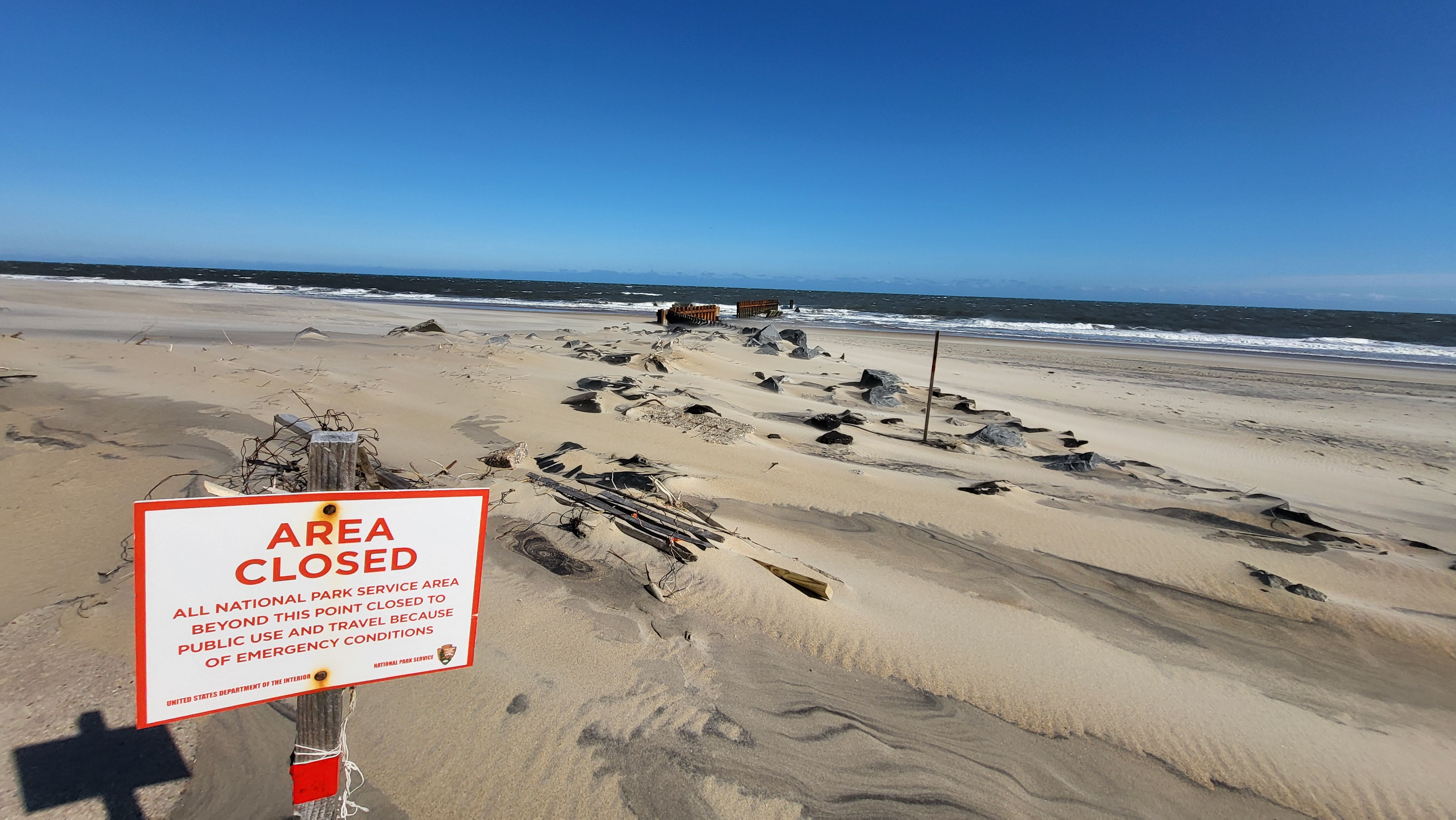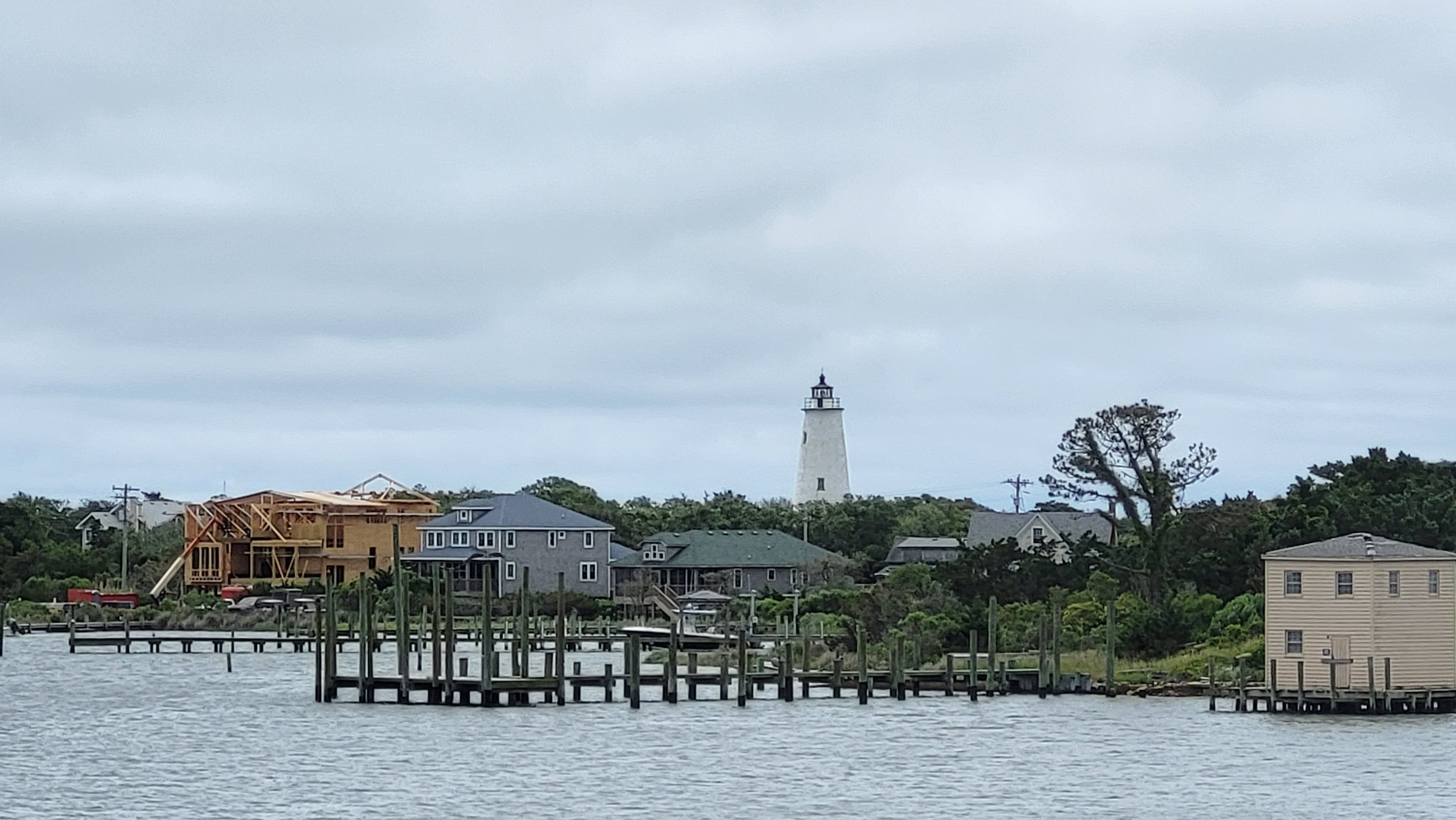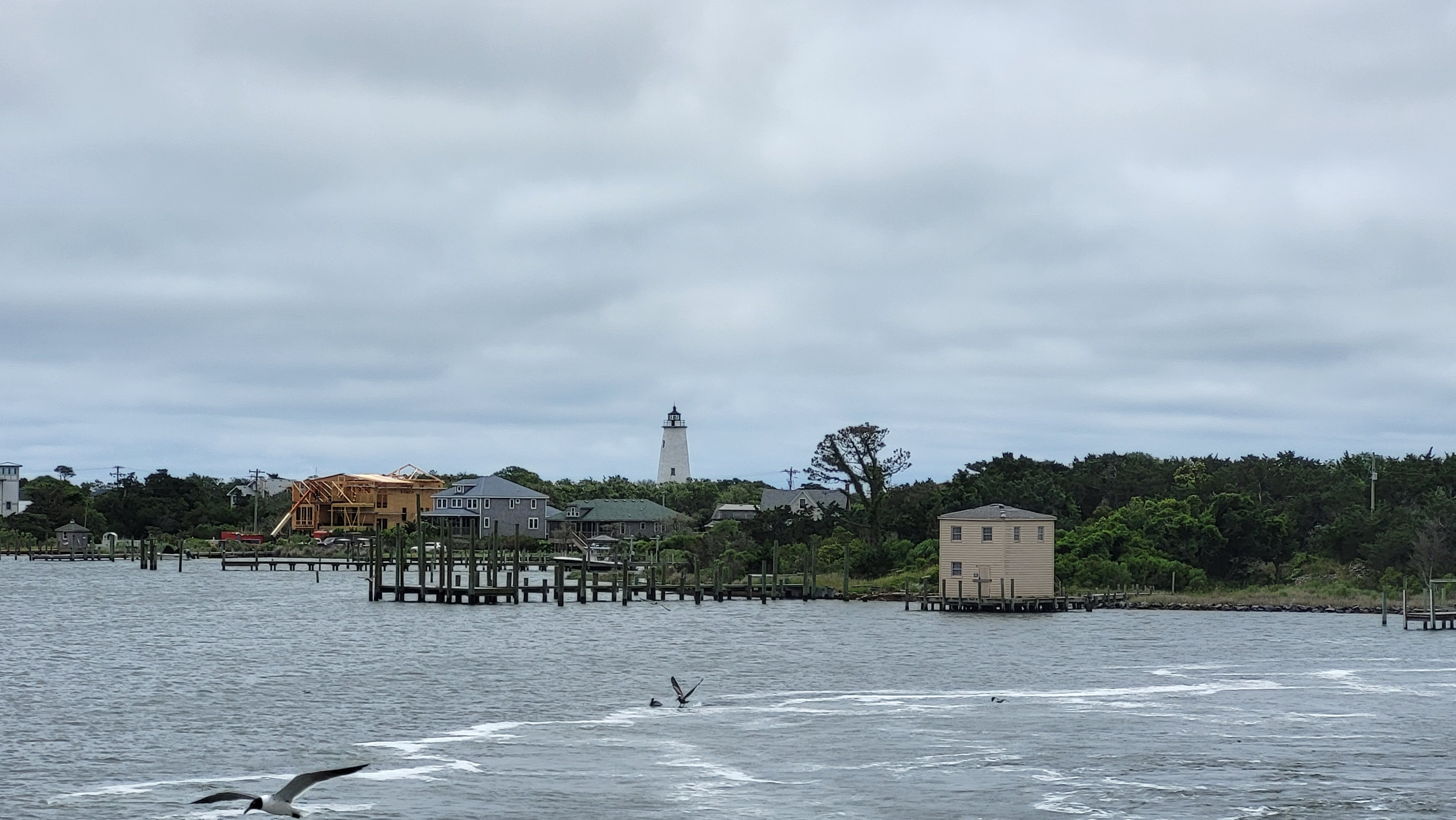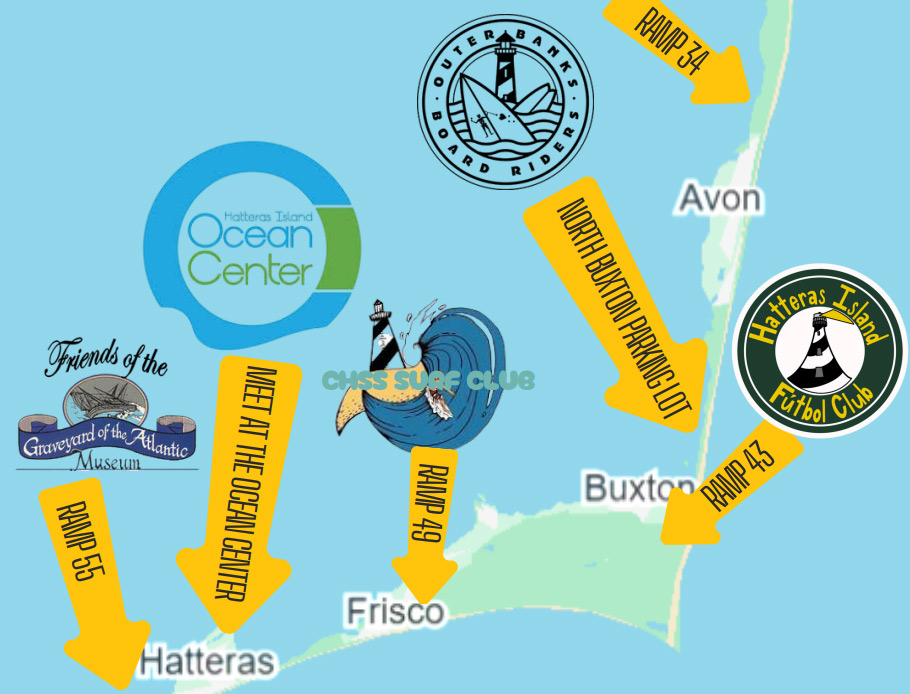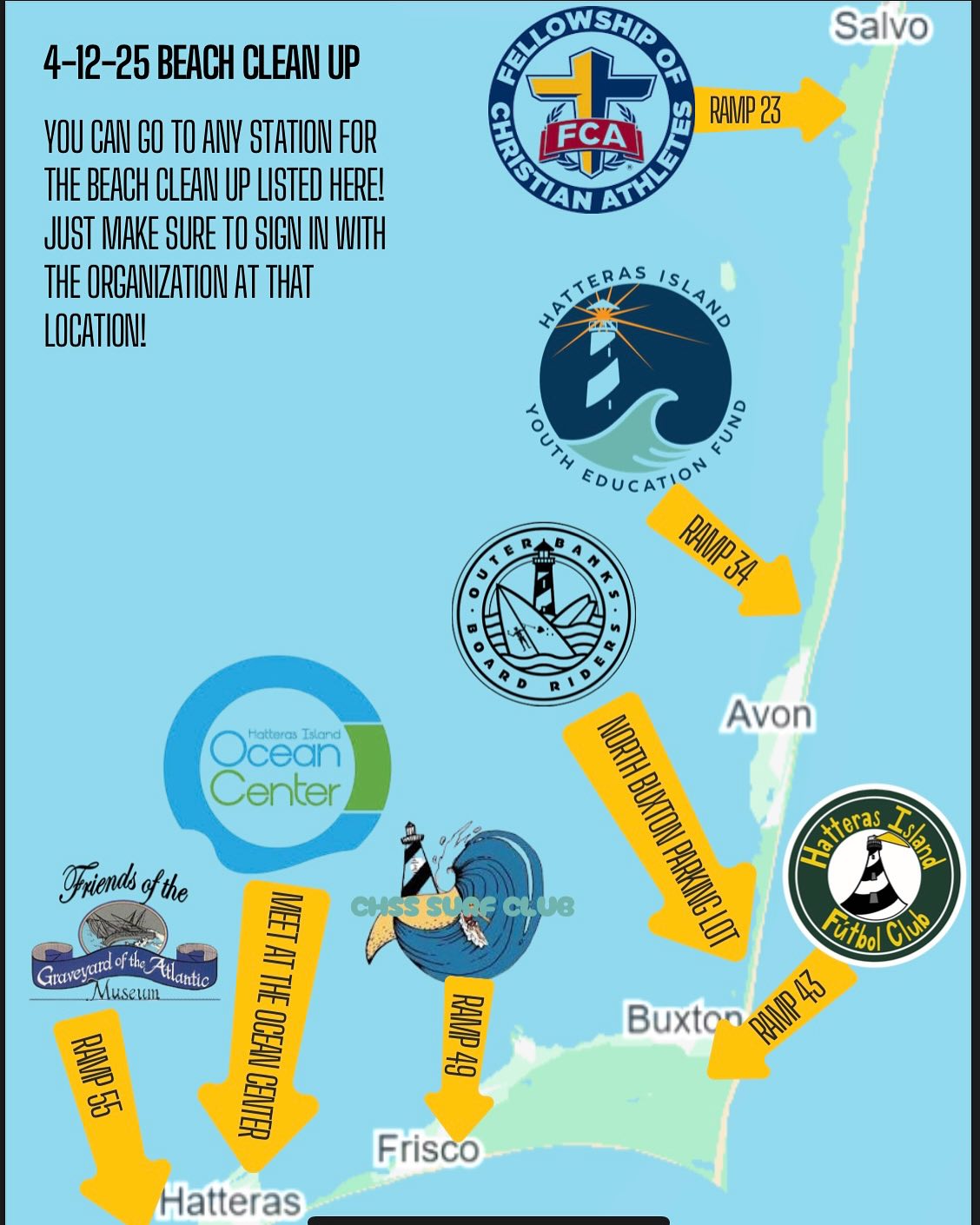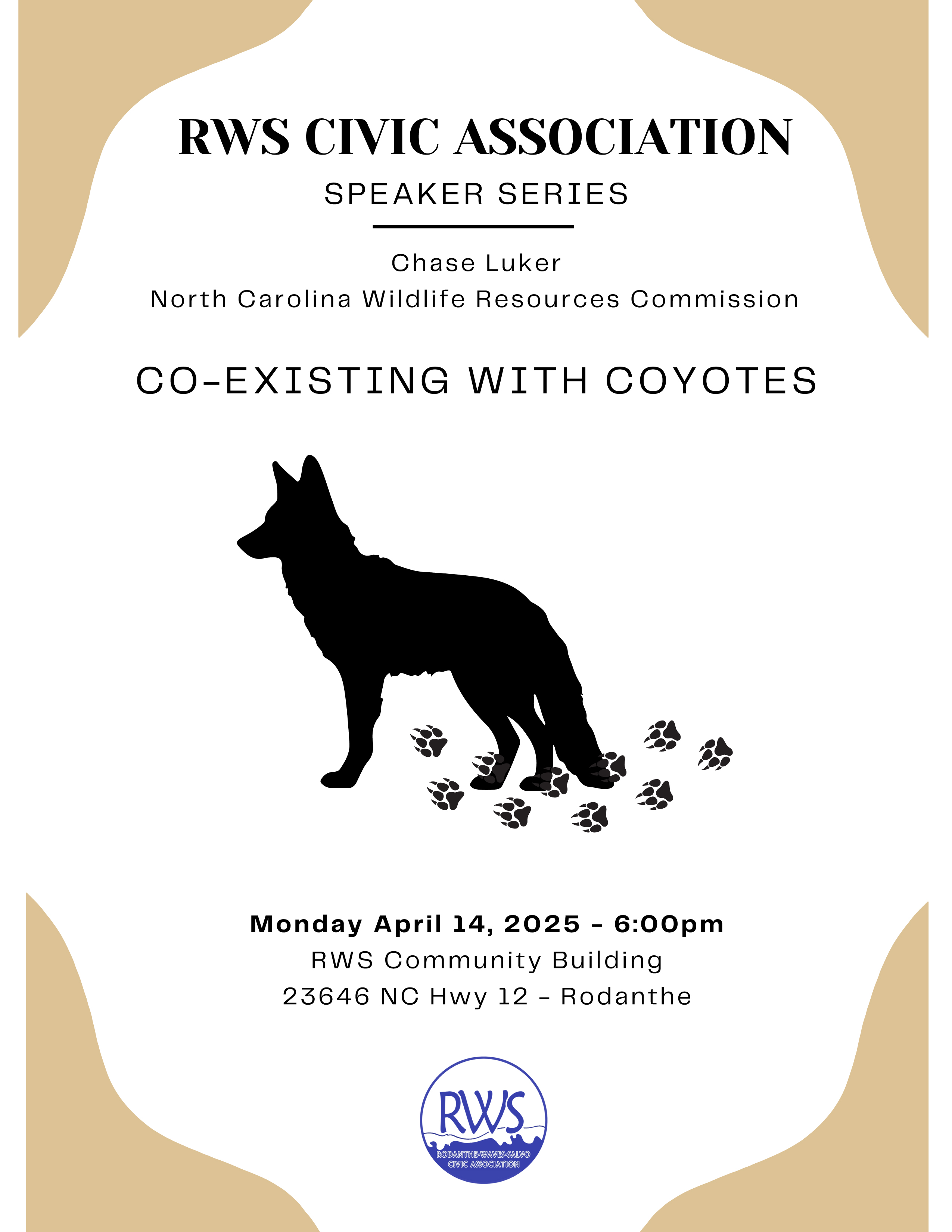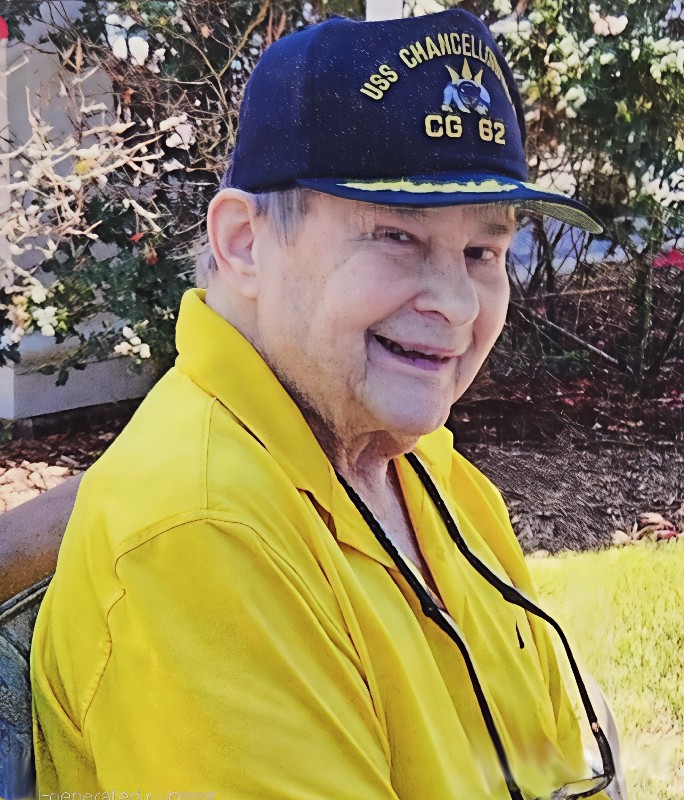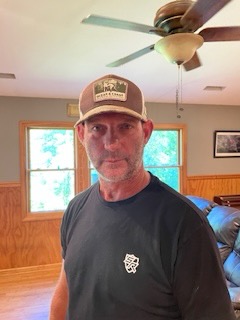The unexpectedly united voices that support the feral cat ordinance
It’s rare that an ordinance is passed in Dare County — or anywhere for that matter — that garners support from multiple sides of a potentially polarizing issue.
But the recent feral cat ordinance that was agreed upon on Monday, Jan. 4, at the Board of Commissioners meeting has a surprisingly decent number of fans.
The draft ordinance that county manager Bobby Outten presented to the commissioners began as three drafts that came to him from county planning director Donna Creef and her staff, Sgt. Donovan “Buddy” Ruth of the Dare County Sheriff’s Office, who was a point person for a wide number of complaints by property owners, and John Graves, program director of the Outer Banks SPCA, who conferred with both local and national feral cat organizations.
The group met several times and made changes that resulted in the final draft that was presented to the board and passed unanimously, with only the requirement for registration of cats removed. The final draft aims to ensure all parties – owners, caregivers, and the cats themselves — are well represented.
You can read a complete overview of the ordinance here, but the bottom line is that responsible caregivers can continue to manage feral cat colonies, provided that they limit food resources, make reasonable efforts to sterilize and vaccinate the feline residents, and feed only on their own property or property for which that have written permission, all of which are designed to keep the neighbors happy.
Feral cats are a controversial topic on Hatteras Island, and certainly not a new one.
But the issue has garnered a lot of attention lately, both because of the new ordinance and because of the recent criminal incident in which three cats from an Avon colony were thrown in a dumpster, apparently after having been shot – an act that has outraged much of the community.
So now that Hatteras Island has seemed to have turned a corner on the feral cat issue, how did we get to this point and what is the response among the people most involved?
It’s a story that’s best told by the members of the community who were instrumental in the creation of the ordinance and whose perspectives are providing invaluable insight to the background of the feral cats and how to best proceed from here.
THE SPCA DIRECTOR AND THE NATIONAL GROUP THAT HELPED
The Outer Banks is clearly a perfect spot for humans and wildlife alike.
With lots of resources, low-lying grassy areas, and a mild climate, it’s not difficult for wild feral cats to survive. And considering that most of these feral cats have been living outside for several generations or more, with limited human interaction, just like the other local wildlife that lives side-by-side with humans, adoption is typically not a viable option.
And, as Outer Banks SPCA director John Graves will tell you, controlling a feral cat population isn’t as simple as mass euthanization.
“Before my time, there were several areas of the county where we had gone through and pulled out cats from one area, and within six months to a year, the population goes back to what it was before. It doesn’t work,” he says.
Rebekah DeHaven, a staff attorney with the national Alley Cat Allies advocacy organization, concurs.
“Historically, ‘trap and remove’ or ‘trap and kill’ has been used [to control feral cat populations], but that’s been tried for decades and it has not made a change,” she says. “We refer to it as the vacuum effect, because if you remove them, other cats will show up and start having kittens. So killing or removing cats often has the unexpected result of increasing the population. This, in addition to the humane treatment of animals, is why the TNR or Trap-Neuter-Return method is an important component of the feral cat ordinance.
“Spaying and neutering also has positive effects on the neighborhood,” she adds. “Most nuisance by feral cats is based on mating behaviors… and those are eliminated by sterilization.”
Other essential elements of the ordinance that help keep the population controlled is leaving out food for a set period of time only, ear clipping to identify cats who have been spayed or neutered, and generally keeping the public informed.
“Our goal is to be a welcoming and reliable resource for animal welfare on the Outer Banks, and this gives caretakers a guideline on the best practices,” says Graves. “I love our responsible community cat caregivers. I communicate with them daily, because I firmly believe the only way we’ll get in front of the feral cat population is with responsible TNR.”
Graves has been working with local and statewide animal shelters and humane societies since 2006 and has been the Outer Banks SPCA director since February of 2013. He’s a pet owner himself – with seven dogs and a foster dog, and four cats and two foster cats.
“To say that my wife and I are involved in animal welfare is a pretty heavy understatement,” says Graves.
So when Sgt. Ruth approached him with an outline for an ordinance, which stemmed from numerous calls and complaints, Graves combined community responsibility and a ton of research to keep the core of what Sergeant Ruth wrote and also keep the humane treatment of feral cats in mind.
To do so, he received a big dose of help from Alley Cat Allies, a 25-year-old group and the only national organization dedicated to the protection and humane treatment of cats. “We work all over the country, and at any given time, we are working with local organizations and governments, local government workers, and shelter workers,” says DeHaven.
The assistance of Alley Cat Allies was crucial, Graves says, and helped to nail down the cat care details that best controls the resources and helps ensure the colony stays a manageable size.
Graves is pleased with the end result, and notes that while the majority of local caregivers know what they’re doing, the ordinance helps when someone is not acting in the cats’ or the neighborhood’s best interest, intentionally or otherwise.
“I’m hoping it gives us an opportunity to set forth standards of care,” he says. “Most people we talk to are already in compliance, and there’s not an issue. It will give us a little more leeway with those who are not acting responsibly. “
Graves has mild concerns that some of the more detail-oriented portions of the ordinance – like the location of a feeding station on personal property or the amount of cats allowed per square foot (1 per 400 square feet) could be difficult to precisely control.
“I agree 100 percent that we need permission on where these colonies are, but I think often these issues need to be handled on a case-by-case basis,” says Graves. “We don’t deal with these colonies often when there’s an issue, because it’s usually handled by the caretaker. I can think of five to 10 that were an issue in the past three years, and I don’t want to alienate the good caregivers.
“I’m hoping to God it doesn’t increase our intake — that’s not what we want,” he says. “We want these situations resolved with the best possible outcome, for the property owner and the caretaker.”
And for Graves, the ordinance gives the SPCA a solid set of guidelines it can share with the public and which he hopes will help maintain relations.
THE SHERIFF’S DEPUTY WHO HELPED DRAFT THE ORDINANCE
About a year ago, Dare County Sheriff Doug Doughtie assigned the Sheriff’s Impact Unit the task of investigating calls pertaining to feral cats.
This was done because the Sheriff’s Office was answering hundreds of calls about feral cats, which spanned the gamut from animal cruelty reports to neighborhood nuisance complaints.
Sgt. Donovan Ruth was part of this team and had become an invaluable resource to homeowners who had made frequent complaints about potentially threatening behavior by caregivers of feral cats.
At the time these instances were reported, however, in many cases, the deputies’ hands were tied.
“Due to the lack of the ordinances or laws, it made it impossible for the Dare County Animal Control or the Dare County Sheriff’s Office to resolve issues resulting from the feral cat complaints,” says Ruth.
Ruth has been credited by numerous Hatteras Island sources as one of the driving forces behind the feral cat ordinance, and he brought a carefully researched set of guidelines to the SPCA’s attention last September.
“In trying to figure out a solution, interviews were conducted with property owners, residents, cat caretakers, N.C. wildlife officials, National Park Service personnel, local/neighboring animal control agencies, [and] environmental engineers,” reports Ruth. “Extensive Internet research was also done to see what other options were there for us to look at.”
And this research inevitably served as the blueprint to the ordinance that is currently on the books.
Now, much like the Dare County dog ordinance, the sheriff’s department has clear guidelines to refer to that will help them do their job and resolve issues on both sides of the fence.
“Dare County Sheriff’s Office is looking forward to working with other county departments, resident owners, and caretakers alike towards solutions [that are] in the best interest of all that are involved,” says Ruth.
TWO OF THE HOMEOWNERS WHO INSPIRED THE LAW
John Guido has been coming to Hatteras Island since 1969, and bought property in Frisco in 1997. As he said during the public comment session at Monday’s board meeting, “I’m in this for the long haul.”
In the last few months, however, an individual has been coming to his yard and feeding the local feral cats, who have clearly multiplied in numbers. This was evident by an experience that the Guidos had in September when pulling into their driveway around 10 or 10:30 p.m. after a bingo game.
“It was like the Pied Piper came, and all the cats came out and they thought we were the person that fed them,” said his wife, Kelly, who also spoke during the meeting. “What upset me the most was that there were litters of kittens… it was very concerning to me that these kittens probably would just grow up to be feral cats.
“This individual as well has been very threatening to us and has also been threatening to some of our renters. So it’s not only a public safety issue, it concerns me on many levels,” continued Kelly Guido.
She said at the meeting that the individual was served no trespassing warrants by six out of the seven homeowners on the street, but continued to come and feed the cats. At times he would show up late at night with a flashlight, which spooked the owners.
“I can’t imagine what our renters feel. What happens when one of our renters becomes injured by that person who has been threatening to not only us, but other renters? Who is liable at that point?”
The Guidos worked with Sgt. Ruth on multiple occasions to find a solution. John Guido thanked Ruth several times during his public comments and said the deputy helped keep everyone involved “calm and collected.”
John Guido said that in their neighborhood, the big problem was the issue of respecting private property.
“What gives an individual a right to come onto another individual’s property?” he asked. In turn he asked, “Does that [give me the right] to go onto someone else’s property and impose [something] on another person, because it’s important to me?”
For the Guidos, and other property owners who are on board with the feral cat ordinance, the new law gives them a recourse for when an irresponsible person gets out of hand, and no amount of talking, or even volunteering to trap and move the cats to the individual’s home — which the Guidos said they offered to do — is resolving the problem.
As Kelly Guido said at the meeting, “I can’t stress enough to you how important this ordinance is, especially to our street and our area.”
THE LOCAL GROUP THAT’S BEEN THERE FROM THE BEGINNING
For Debbie Martin, president of the local feral cat advocacy organization, Friends of Felines of Cape Hatteras Island, the ordinance was a piece of good news in an otherwise devastating week.
“This could not come at a more appropriate time,” she says.
On Dec. 30, Friends of Felines had its own private property trespassing issue when an individual apparently decided to go to a privately-owned feral cat colony that had been established for 15 years and gun down a number of the cats.
“I find it so hard to understand how someone can go on someone else’s property and just feel like they have that right. You’re seeing it so often, and it’s not something I understand at all,” she says.
Three cats were found dead in the nearby dumpster, and a fourth, which had been a docile and well-loved colony resident for years, returned on New Year’s Eve with a bullet hole through its nose. The injured animal was taken to the Roanoke Island Animal Hospital for emergency treatment, but died on Tuesday night – a day after the ordinance was passed.
For Debbie Martin and the other caretakers who had been taking care of the colony for years, it was heart-crushing. “This stripped us of joy,” she says. “But we have to forge ahead and get the joy back that we had.”
But a comfort for Debbie Martin and the other members of Friends of Felines is the passage of the feral cat ordinance.
“The timing was everything. Things happen for a reason and here we are,” she says. “I am very excited about this ordinance. I feel like all of us [local feral cat organizations] should be elated that Dare County has taken a step towards humanely controlling the population, instead of catch and kill.”
Friends of Felines started as a homegrown effort by Martin and her husband, Mike, to help control the local feral cat population, which they noticed when they moved to Hatteras Island in 1988. “We realized immediately there was a problem,” she says. “We’re cat people, and if we didn’t fix [the local feral cats], we were going to be overpopulated.”
The Martins started using their own funds to trap, neuter, and release the resident feral felines, thanks to a personal discount from a local vet, and soon other people started calling and asking them for help. As more caregivers and animal lovers came onboard, Friends of Felines was born, and the organization received their official non-profit status in 2009.
Today, Friends of Felines is responsible for spaying and neutering an average of 300 cats per year, with help from North Carolina State University Veterinary School clinics that are held annually in March, June, and October.
“What we’re doing now is more target trapping – there are some areas where we know there are a lot of cats, which need to be addressed,” says Martin. “We did 82 cats with the North Carolina State Vet School when they were here in October.”
And for Martin and the other dedicated caretakers of Friends of Felines, the detailed restrictions outlined in the ordinance aren’t a hindrance – they’re a blessing.
“I received a call last night from one of our caretakers who was nervous, because when you think of ‘ordinance,’ you think of ‘control,’” she says. “But these are things that we are already doing.”
For Martin and the Friends of Felines, the new ordinance is also an excellent resource that they can turn to when questions arise. “It’s something that the caregivers can fall back on, and look at and say ‘this is what the ordinance says, this is what we need to be doing.’ It’s a great guideline for us,” she says.
And it helps their caretaker members when they are acting reasonably, but another irresponsible community member is acting out of control — just as it protects homeowners in the same position of trying to act reasonably when another person is not.
“This will help us when we have a complaint about harassment too,” says Martin, when talking about a caretaker who was being threatened, even though she was caring for cats on her own property and completely following the rules. “She can fall back on this ordinance, and so can the police, and she can say ‘I’m complying with everything the ordinance says.’”
And for Martin, who has done her research and has noticed the national trend toward TNR, the ordinance is good publicity for Dare County.
“I praise Dare County for stepping forward and accepting this ordinance and enforcing it, because people who come to us, and our regular vacationers, they understand – there’s so much support now with the public on the humane way to control things.”
Above all else, Martin wants the public to know that when a feral cat colony gets out of control, Hatteras Island can count on Friends of Felines.
“We encourage anyone who is feeding a group of cats and taking care of them who doesn’t have the funds to spay and neuter to contact us,” she says. “I want to get the public involved. I worry that people will think we won’t get the cats back to them, and that’s not the case. We’re here to help.”
And in the meantime, Martin is encouraged by Dare County – both in her faith that an arrest and conviction will be made in the case of the killed cats and in what she sees as a huge leap forward for effective animal control.
“We are elated. I am proud of Dare County.”
FOR MORE INFORMATION
Click here to read a copy of Dare County’s new feral cat ordinance.
RELATED ARTICLE
Three feral cats found dead in Avon, more are missing
Dare County Commissioners pass feral cat ordinance


